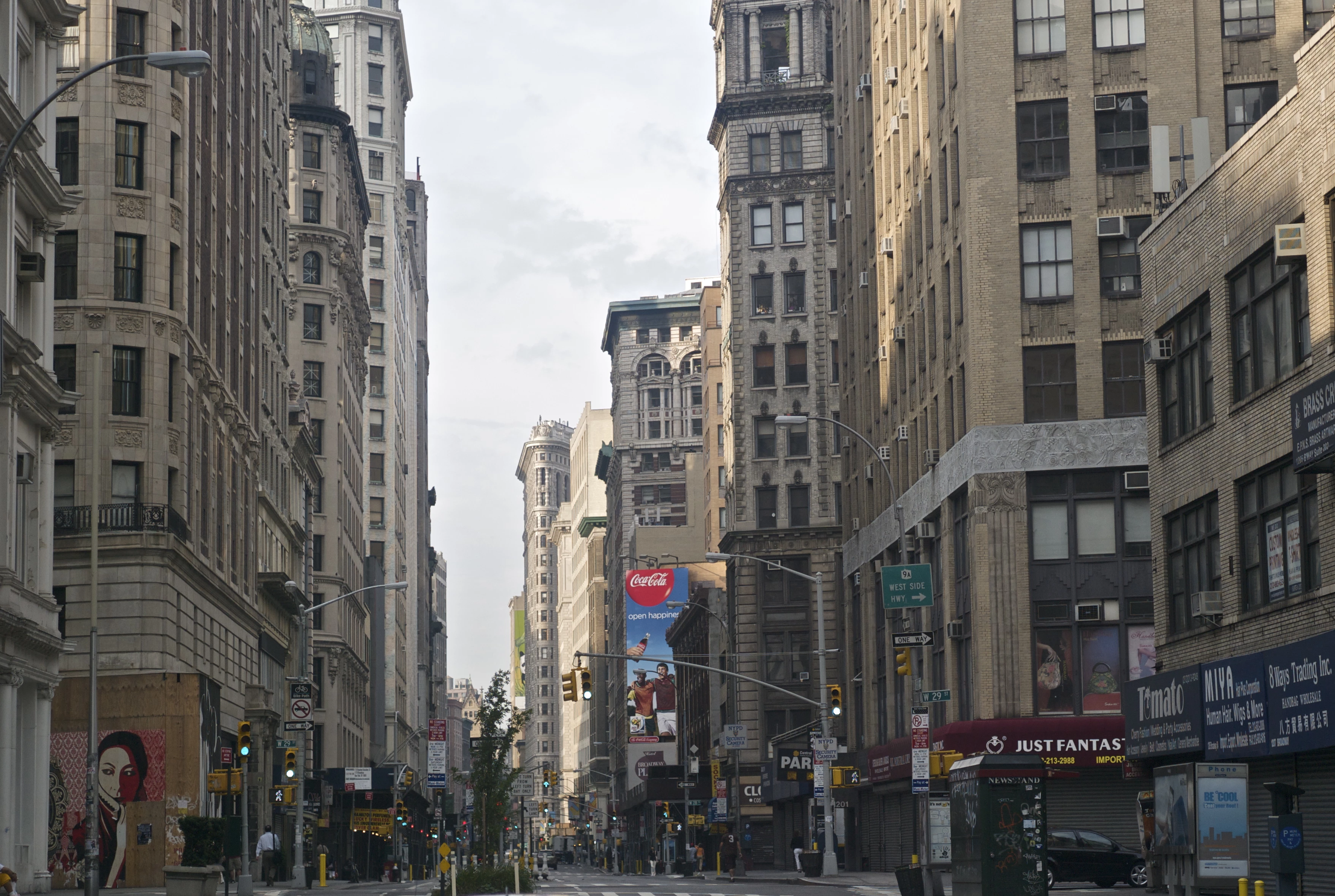
Member Article
Old Vs New: Why permitted development can be a good thing
When the legislation to broaden the parameters of permitted development was first mooted in 2014/15 it was something of a controversial topic. People thought that allowing the conversion of office buildings into residential properties would be the final nail in the coffin of local industry; by doing away with the centres of commerce community economies would flounder, bringing slow financial deaths to the towns not known for their business prowess. However, permitted development is not without its benefits. There is no question at all that the UK is short of housing, and in turning empty office blocks into homes you can give the breath of life to ghost towns.
Think of a street full of boarded up buildings. The odd one or two may be occupied, with blinds in the windows and pot plants on the sills, but most glass will be whitewashed, if not enclosed behind unprepossessing sheets of grey, graffiti-covered metal. The pavements are lifeless. The nearby shops lack customers. There is, overall, an air of abandonment; no one is there, so no one wants to be there.
Am I right that you’re now thinking of a street near you? It may not be immediately in your neighbourhood, but every town and city has a street like this, usually more than one. While no one wants to hamper business, a derelict area will never attract the kind of companies likely to return prosperity to the community. Attractive, renovated housing however, is a different story.
Let’s start by stating the obvious: a legitimately occupied building will always bring more to a community than an empty one. From the simple small-fry of the occasional bottle of milk from the corner shop, to the larger scale investment from local councils, people bring money; it’s as simple as that. An outdated commercial property might speak of past economic success – and its successive failure – but a vibrant, well converted house or block of flats speaks of future promise. First-time buyers are helped into the housing market, and in investing in their futures, they are also investing in the neighbourhood.
Secondly, let’s do away with the misconceptions. Permitted development doesn’t mean cheap homes cobbled together from the bones of an old office, with a toilet squeezed into the old photocopier cupboard and people making do. On the whole, these developments are high-spec, attractive, and designed to be long-term residences. Even should developers wish to do a shoddy job, Government legislation is there to prevent them. Consequently, the finished homes are highly desirable, achieving premium £per square foot rates, which in turn brings added value to neighbouring properties.
Of course, that leads us onto the final point. Wealth attracts wealth. In areas with good transport links you need only invest in a few residential developments for other investors to become interested. In many cases this can result in a sleepy, neglected suburb finding itself under the spotlight as the next big up and coming commuter belt, which in turn will bring in more retailers, more developers, more money, and crucially, more life.
As someone who’s worked within the property sector for many years, I can understand the foreboding that people experience at the prospect of any kind of change. But change has to be better than stagnation, and in the case of permitted development, it’s not too difficult to argue that change can be good.
About the Author:
Working in the property industry for over ten years Sam Collins is a passionate, experienced and current property developer. With a stellar career having worked for PPR Estates, Monmouth Dean and the Commercial arm of John D Wood, he has a keen insight into the UK market.
This was posted in Bdaily's Members' News section by Sam Collins .
Enjoy the read? Get Bdaily delivered.
Sign up to receive our popular morning National email for free.




 test article 123456789
test article 123456789
 hmcmh89cg45mh98-cg45hm89-
hmcmh89cg45mh98-cg45hm89-
 test456456456456456456
test456456456456456456
 test123123123123123123
test123123123123123123
 test xxxdiosphfjpodskhfiuodsh
test xxxdiosphfjpodskhfiuodsh
 Savour the flavour: North Tyneside Restaurant Week returns for 2024
Savour the flavour: North Tyneside Restaurant Week returns for 2024
 Six steps to finding the right buyer for your business
Six steps to finding the right buyer for your business
 Stephen signs off on a special night
Stephen signs off on a special night
 Life’s a Peachaus: Gillian Ridley Whittle
Life’s a Peachaus: Gillian Ridley Whittle
 Making a splash: Phil Groom
Making a splash: Phil Groom
 Making workplace wellbeing a priority
Making workplace wellbeing a priority
 A record of delivery, a promise of more: Ben Houchen
A record of delivery, a promise of more: Ben Houchen